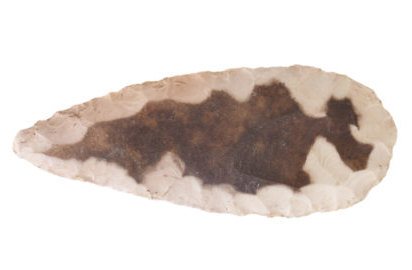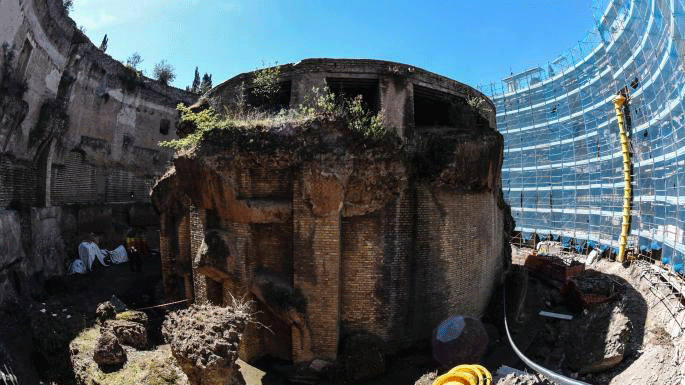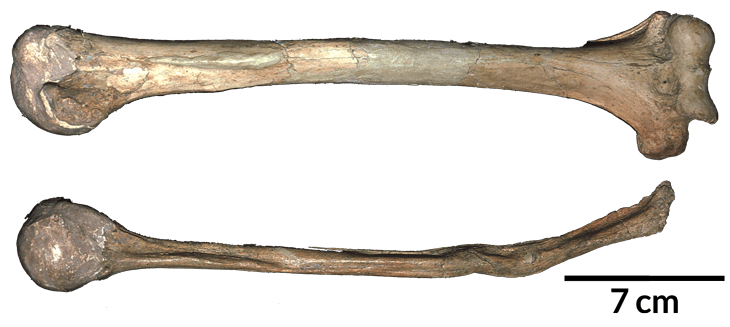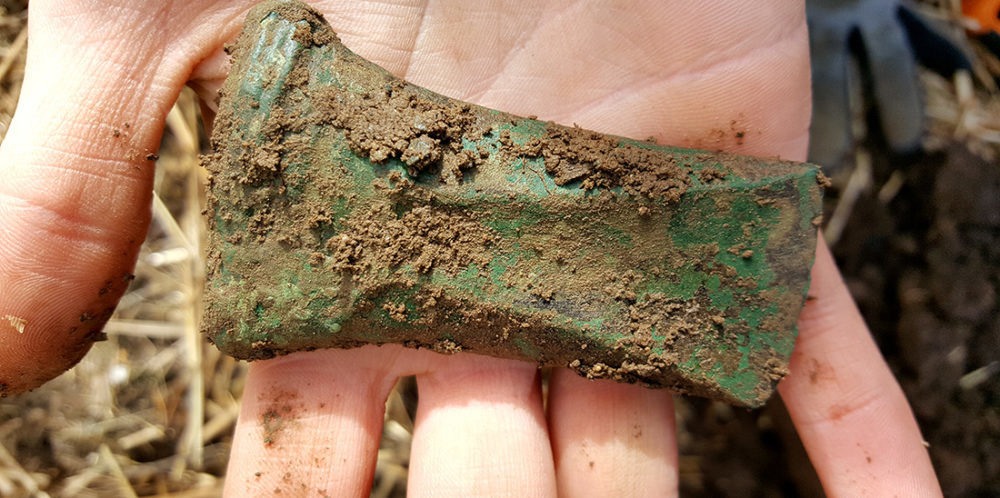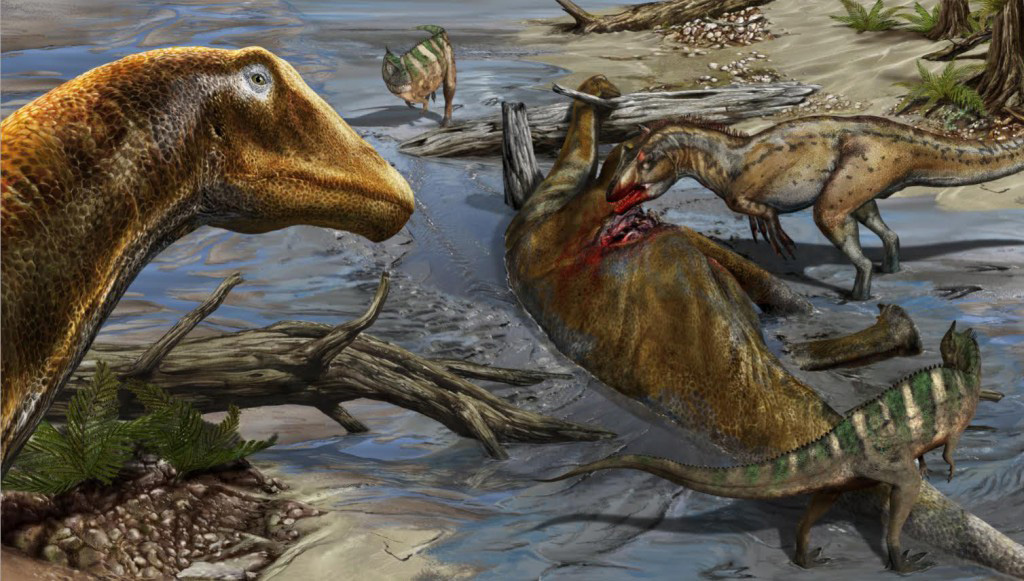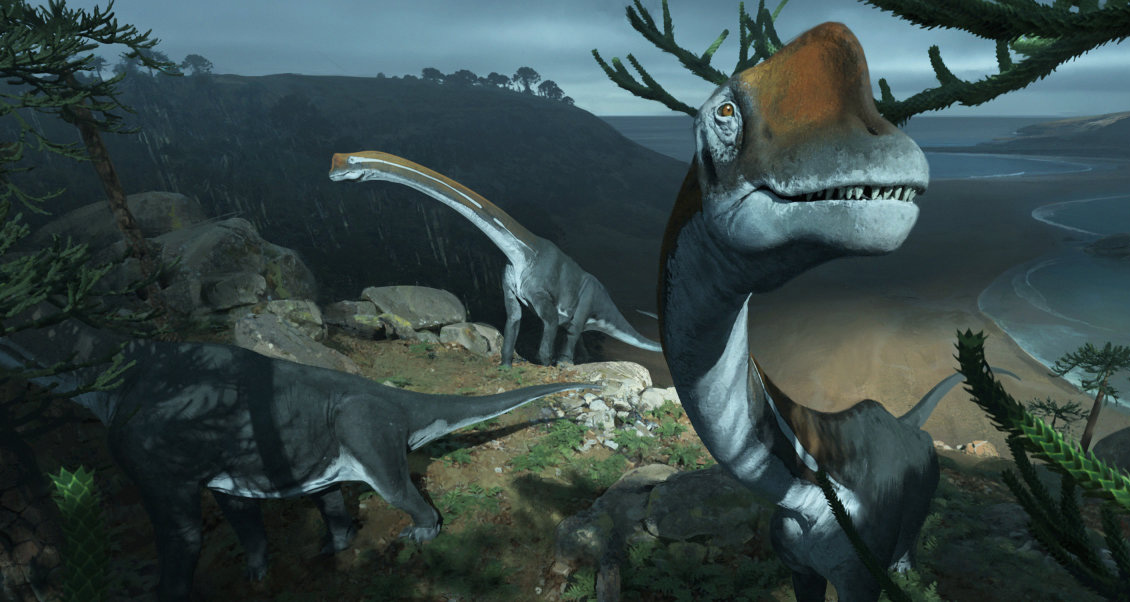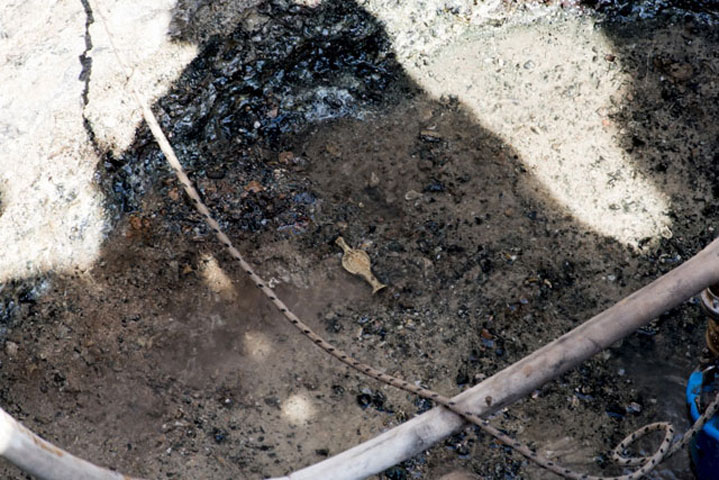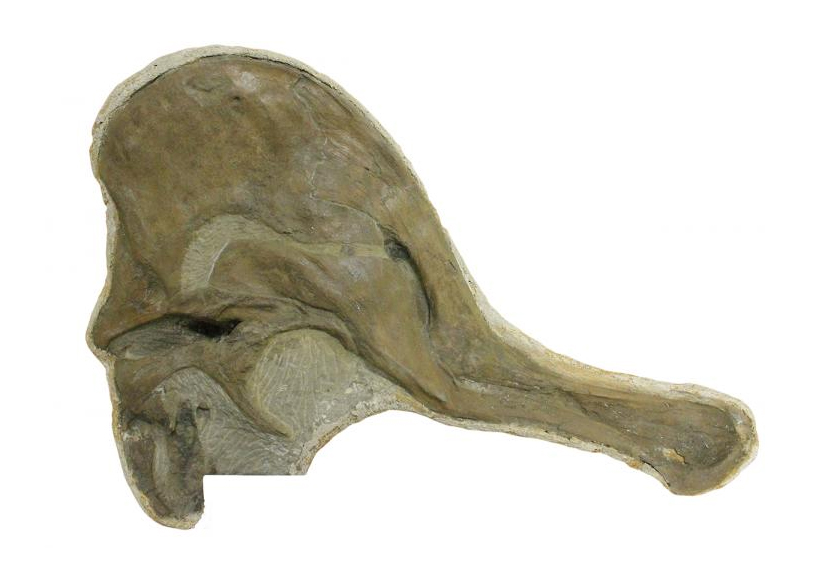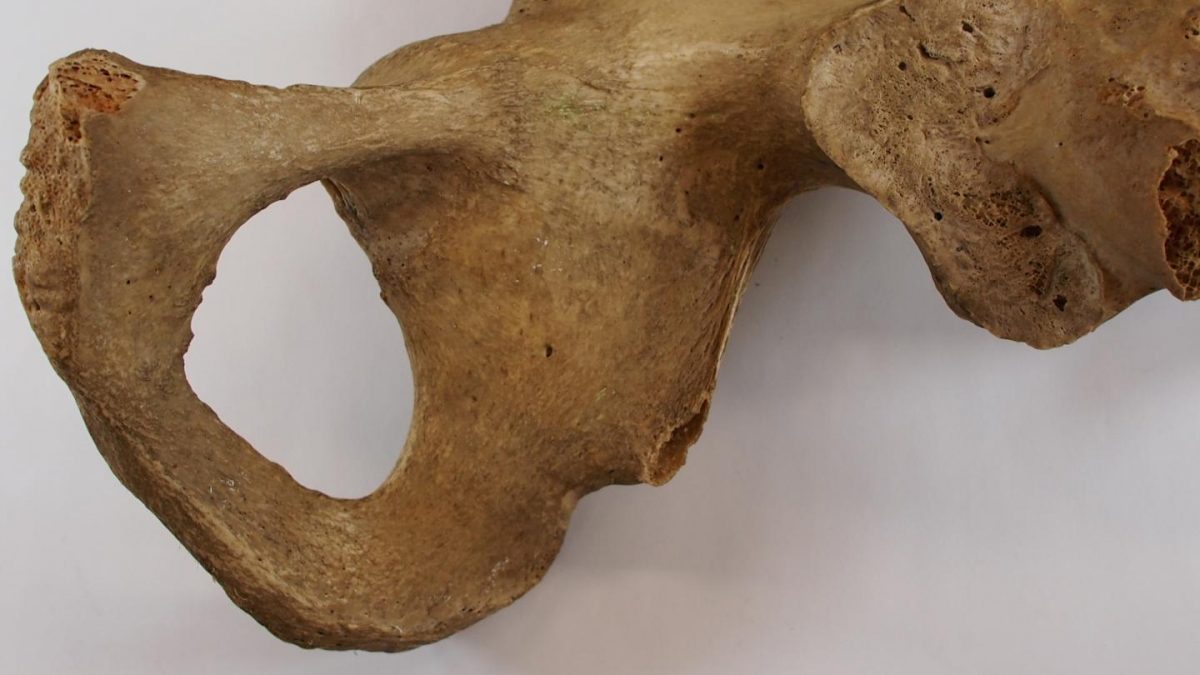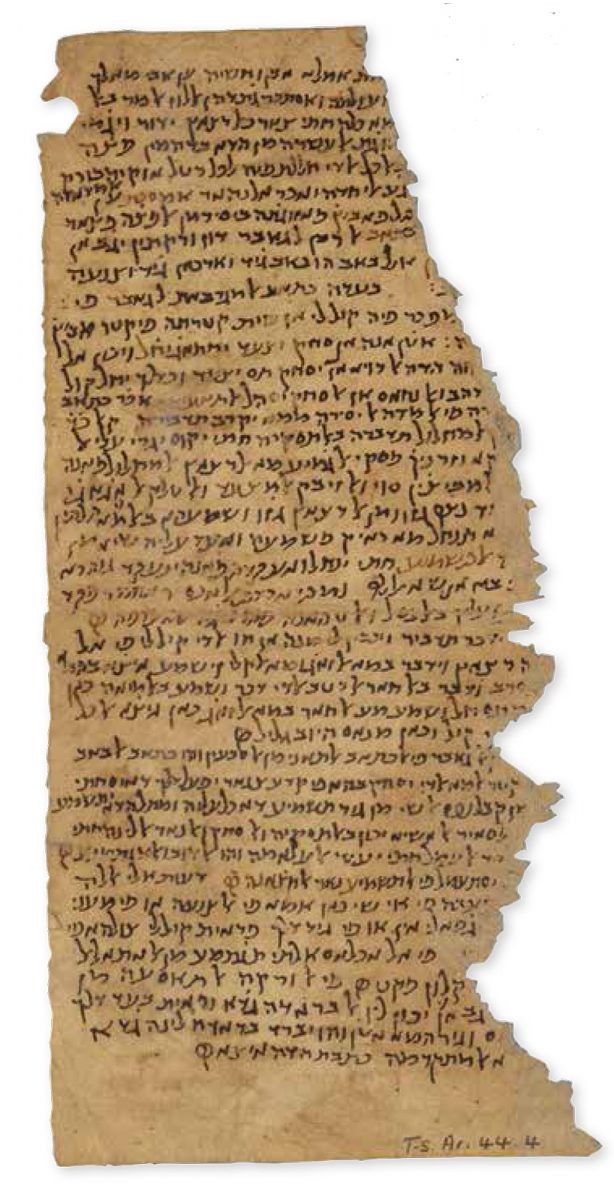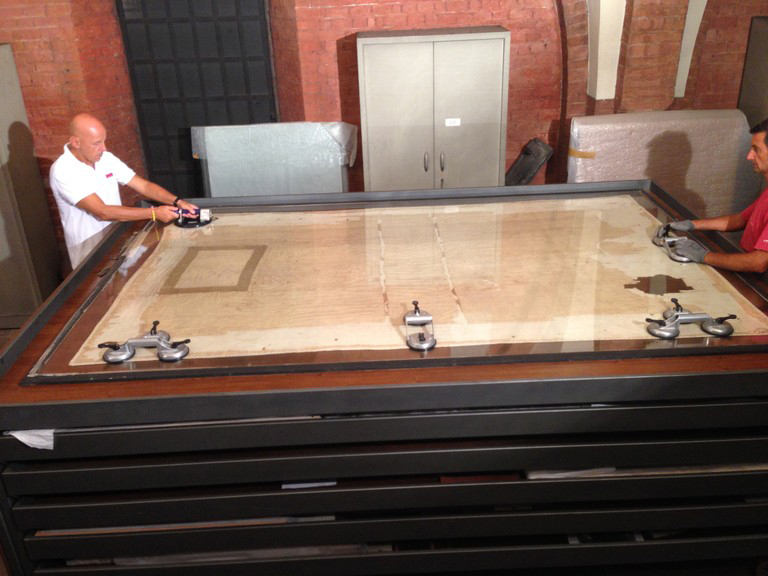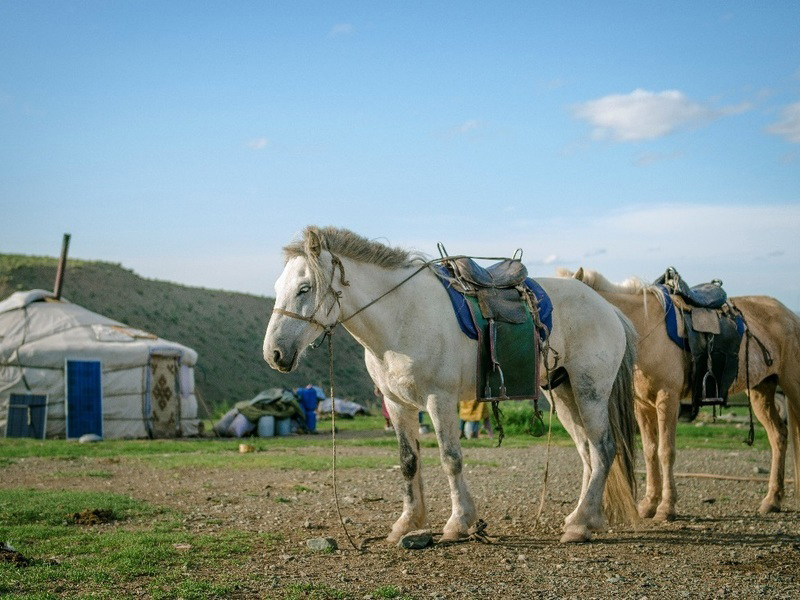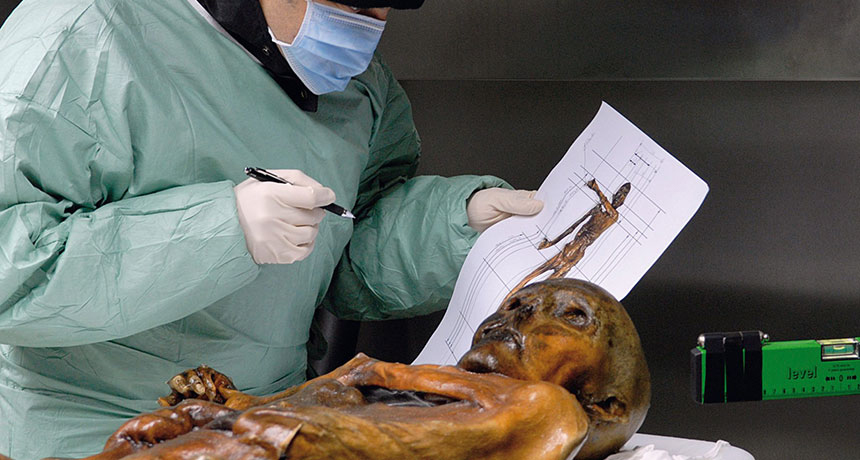How migrations and other population dynamics could have shaped early human culture
Around 50,000 years ago, all of sudden, there was an explosion of new tools, art and other cultural artifacts. What caused that change?
Study could provide first clues about the social lives of extinct human relatives
A new study from The Australian National University (ANU) of the bony head-crests of male gorillas could provide some of the first clues about the social structures of our extinct human relatives, including how they chose their sexual partners.
Responding to the global movement of people – learning to live with difference
Lecture by Prof. Andrea Witcomb. The event is presented by the Hellenic National Committee of ICOM.
The Mausoleum of Emperor Augustus in Rome is finally under restoration
The mausoleum of Emperor Augustus in the centre of Rome will be restored and reopen to the public by April 2019.
Neanderthal injury patterns cannot be compared to modern ones
A comparative analysis of Neanderthal bone fractures and modern day injuries attempts to define whether we can understand how Neanderthal trauma was caused.
Three-thousand-year-old axes found in farmer’s field in mid-Norway
Some 3,000 years ago, 24 axes were cached in Stjørdal municipality, about 44 km east of Trondheim. They ’re now seeing the light of day once again.
New sauropod species described by paleontologists
Researchers from Italy and Portugal describe yet another new sauropod species from 150 million years ago, from Wyoming, USA.
Earliest relative of Brachiosaurus dinosaur found in France
Scientists have re-examined an overlooked museum fossil and discovered that it is the earliest known member of the titanosauriform family of dinosaurs.
Evolution: On mosaics and melting-pots
Genetic studies of cichlid fishes suggest that interspecies hybrids played a prominent role in their evolution.
Mycenaean chamber-tomb with impressive grave offerings located in Salamina
A Late Mycenaean chamber-tomb containing multiple human corpses with grave offerings has been recently revealed in Salamina.
A new technique makes it possible to extract the DNA from hominids preserved in sediments
According to a study in which CSIC has participated, soil sediments from 8 European archaeological sites contain Neanderthal DNA.
Scythian horse breeding unveiled
A new study published reveals the suite of traits that Scythian breeders selected to engineer the type of horse that best fit their purpose.
Humans inhabited the Americas 100,000 years earlier than it was thought
Researchers claim that prehistoric humans occupied California about 130,000 years ago-100,000 years earlier until thought so far-on the grounds of evidence found at a site in North America.
Researchers map the evolution of dog breeds
The study highlights how the oldest dog breeds evolved or were bred to fill certain roles.
Headless dinosaur reunited with its skull, one century later
After being headless for almost a century, a dinosaur skeleton that had become a tourist attraction in Dinosaur Provincial Park was finally reconnected to its head.
Flawed forensic science may be hampering identification of human remains
Research from The Australian National University (ANU) has cast doubt on a method used in forensic science to determine whether skeletal remains are of a person who has given birth.
Νew 508-million-year-old sea creature with can opener-like pincers
A new fossil species sheds light on the origin of mandibulates, the most abundant and diverse group of organisms on Earth.
Discarded History exhibition lifts the lid on 1,000 years of medieval history
Treasures from the world’s largest and most important collection of medieval Jewish manuscripts have gone on display in Cambridge.
Scientists find evidence of Britain’s original separation from Europe
Researchers have found evidence of how ancient Britain separated from Europe, which happened in two stages, they report in Nature Communications.
Australopithecus sediba controversy reheats
At last week’s AAPA meeting, a fresh analysis of the 2008 discovery named Australopithecus sediba caused paleoanthropologist William H. Kimbel to conclude this fossil was not ancestral to the genus Homo.
Long-awaited rescue for valuable silk tunic
Experts led by the University of Bonn are restoring a relic that is attributed to Saint Ambrose.
Precision chronology sheds new light on the origins of Mongolia’s nomadic horse culture
According to new research, nomadic horse culture can trace its roots back more than 3000 years in the eastern Eurasian Steppes, in the territory of modern Mongolia.
New analyses shows Ötzi froze to death
“Freezing to death is quite likely the main cause of death in this classic cold case,” according to Frank Rühli of the University of Zurich.
Cleveland Museum of Art to transfer Roman sculpture of Drusus Minor to Italy
The sculpture, previously sold at a public auction in Paris in 2004, was acquired by Cleveland Museum of Art in 2012, after extensive research to confirm its ownership history.
